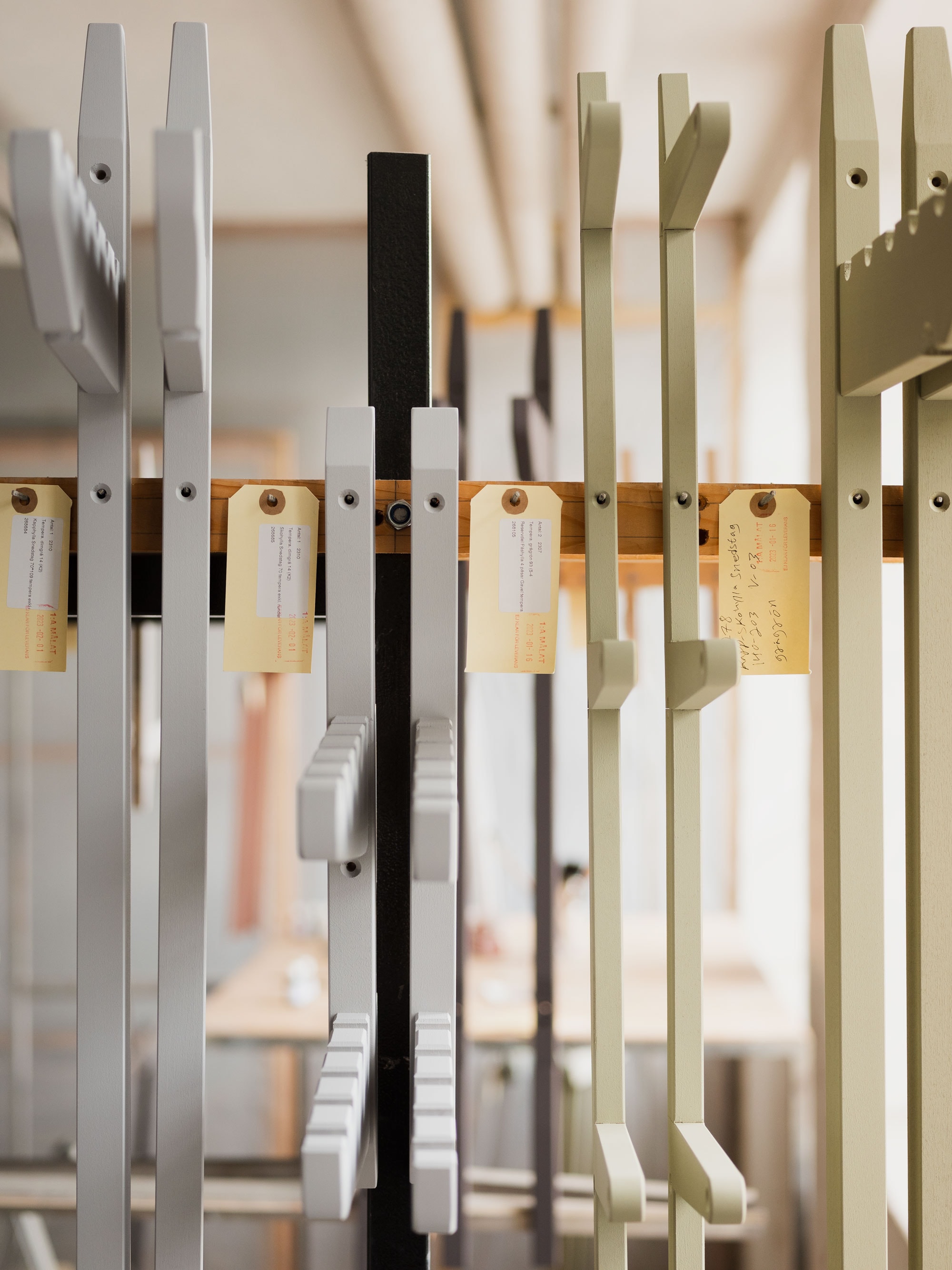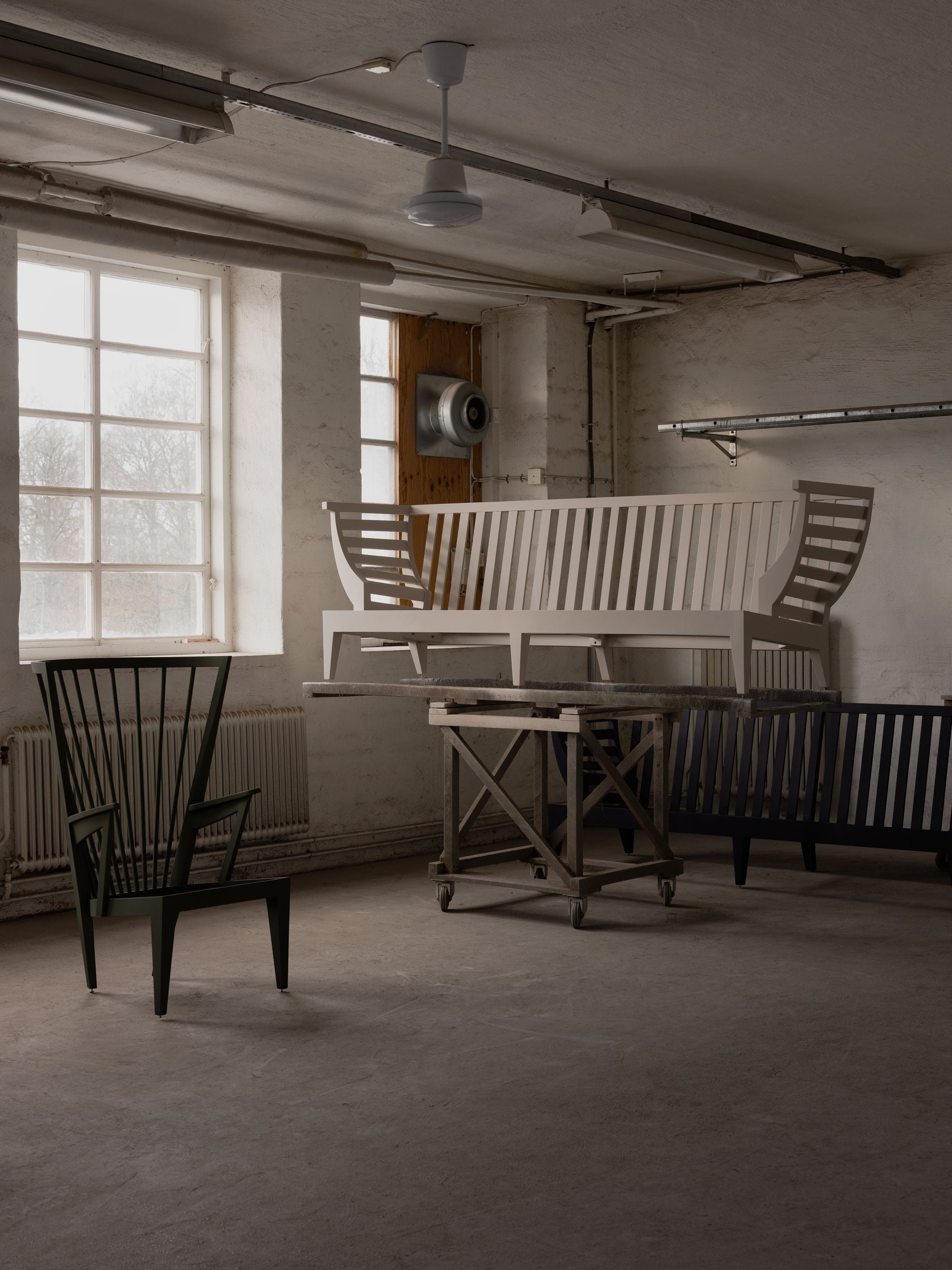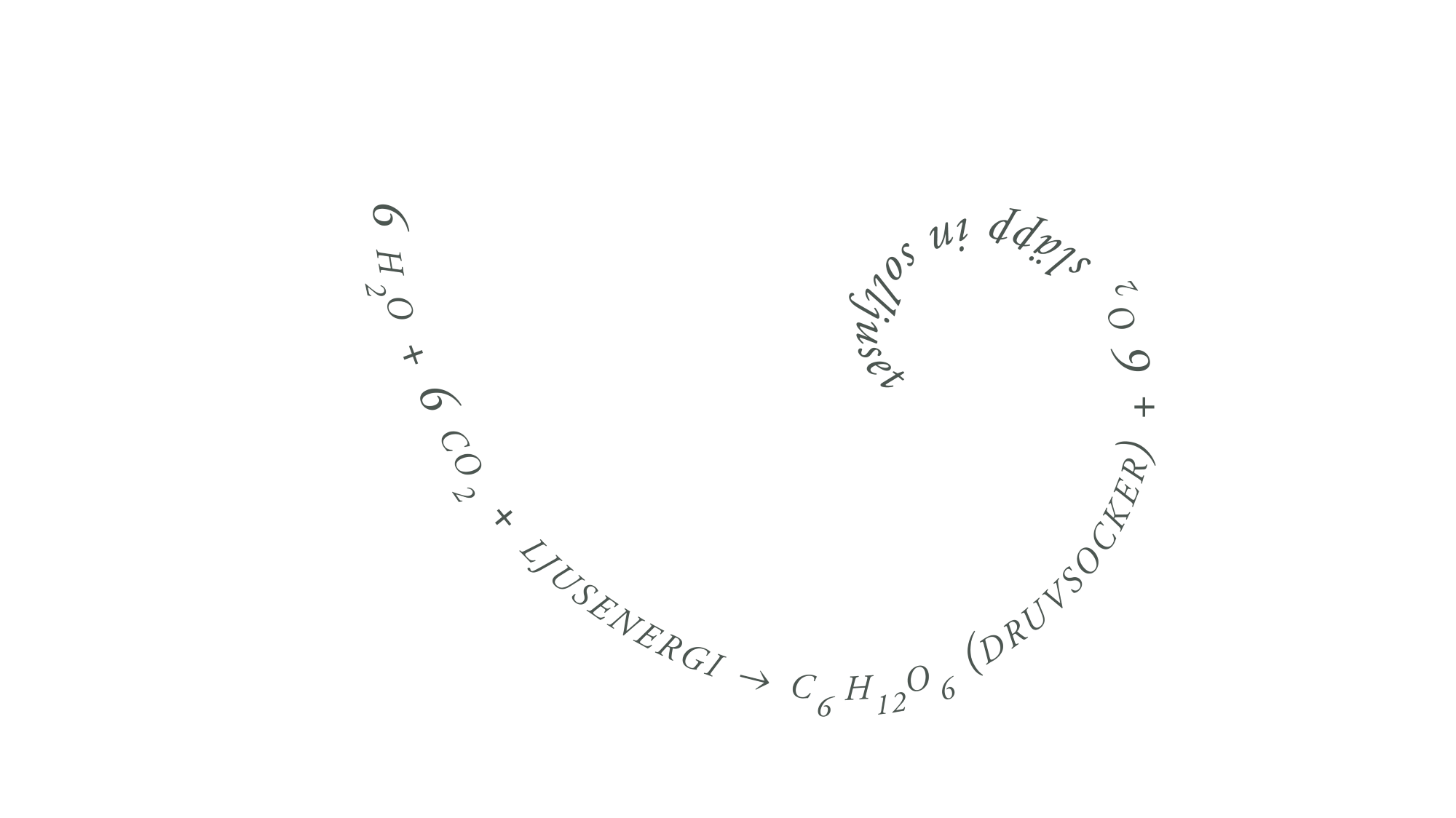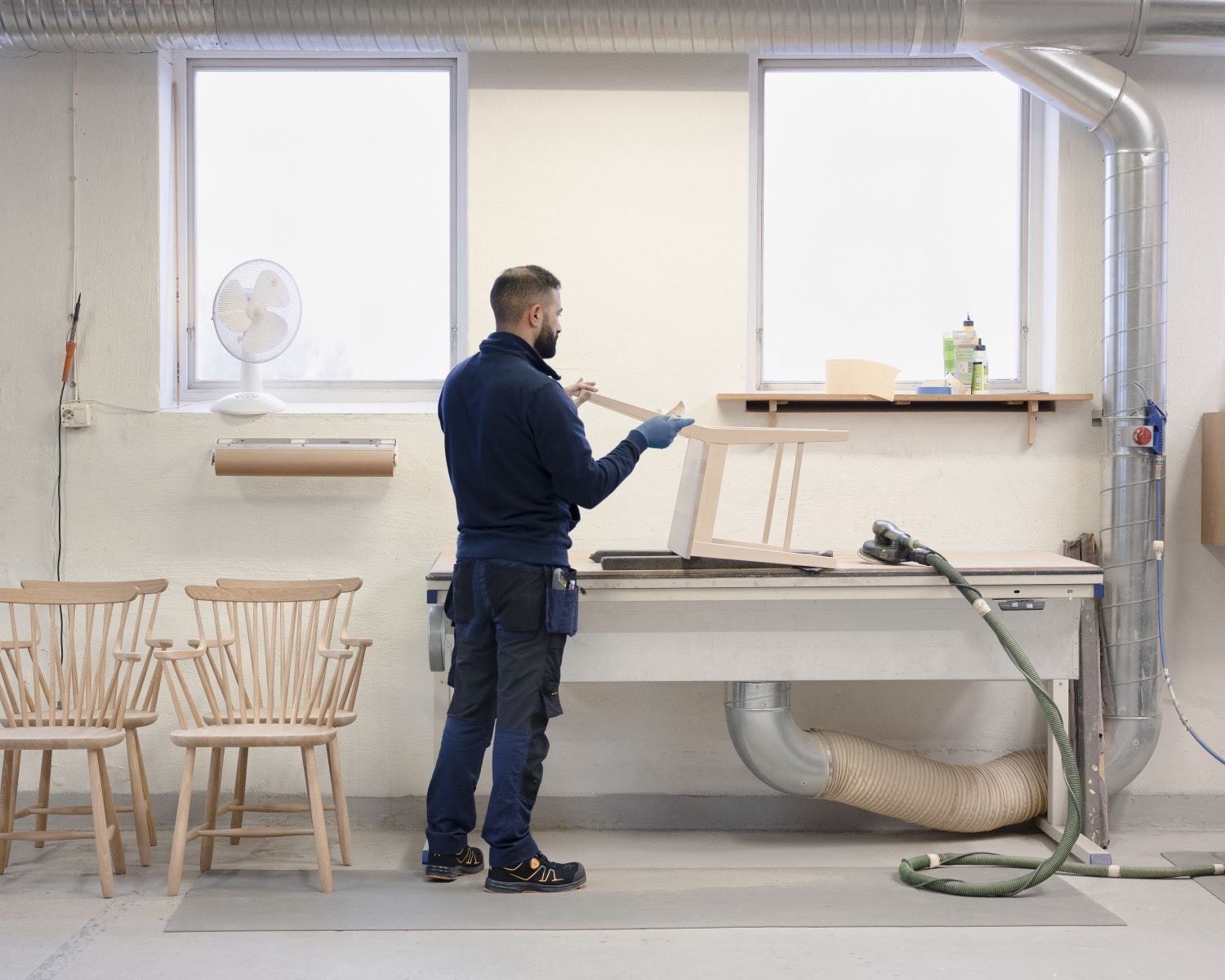Ever since the start in 1993, Norrgavel has consistently chosen to manufacture furniture from pure natural materials created with the help of photosynthesis. This is the cycle in which plants and living organisms utilise energy from sunlight.
Manufacturing
The untreated furniture is surface treated, painted and assembled on site at the production facilities in Lammhult, where the final quality control is also carried out. The vast majority of Norrgavel's furniture is manufactured by selected joineries in Småland, Skåne and the Baltic States. Thanks to this, transports are short and the environmental impact is less. The carpenters stand for great professionalism and experience, often going back several generations. A solid knowledge of craftsmanship is required, because even with the best and most modern machines, some elements must be done by hand. Starting to manufacture a new product for Norrgavel is a long-term commitment based on mutual trust. A sense of quality, professional pride and accuracy are crucial factors in choosing a new joinery.
The options are endless with Norrgavels furniture. The idea is that each customer should be given the opportunity to be a co-creator of their personally designed furniture, thus matching specific wishes and needs. The customer-driven production means that Norrgavels furniture usually has a delivery time of 1-12 weeks.







